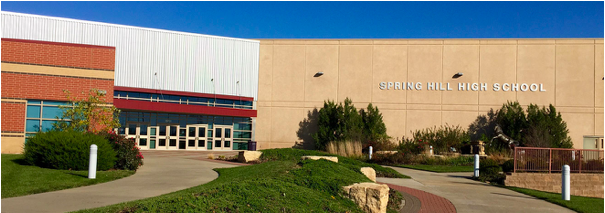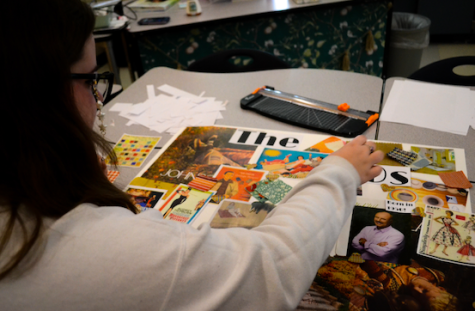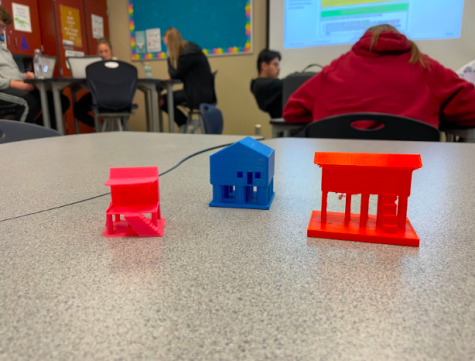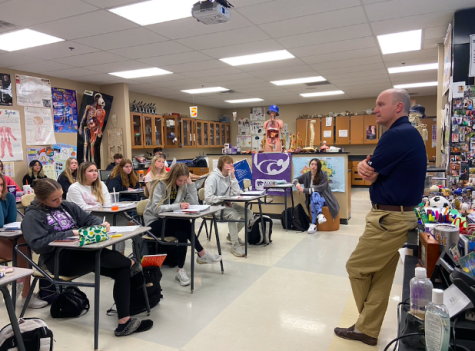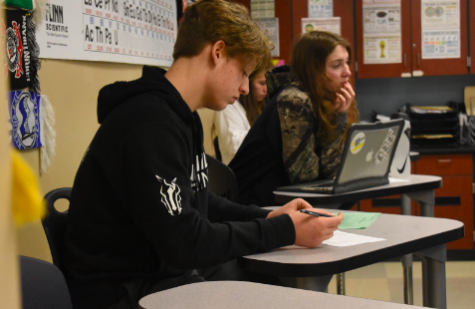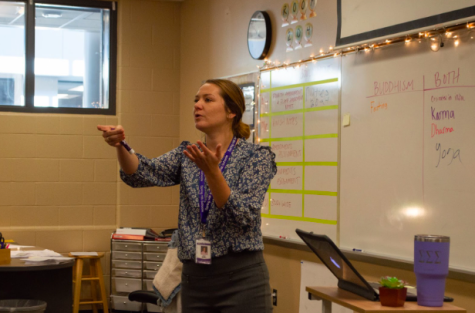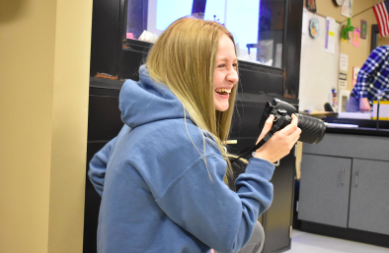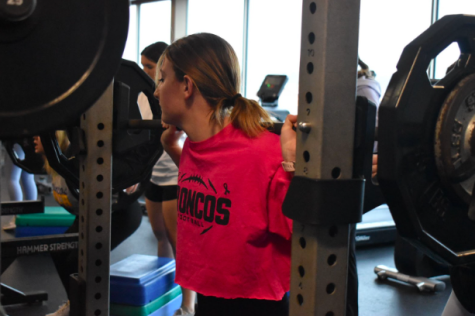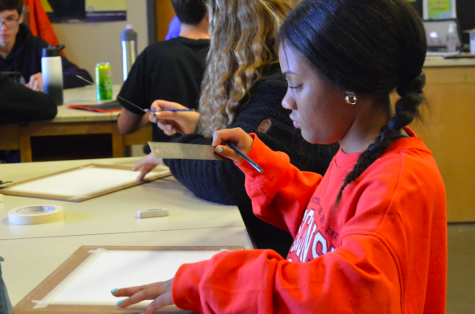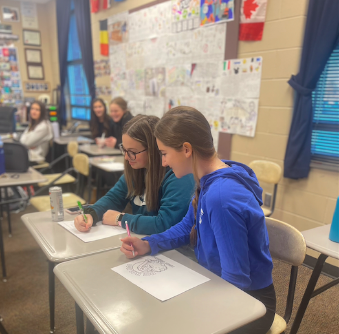That Small Town Feeling
Across the U.S., there are 15 million students attending 26,407 public high schools. These high schools vary to an astonishing degree, and student population can range from a couple dozen to over 13,000. The high school a student attends will have a large influence on their life, and when high schools are so diverse, it’s unsettling to think about the range of quality of education being given to students.
In SHHS, there’s a distinct lack of variety in classes available to students. Only one foreign language, Spanish, is offered, and a student must take at least two years of a foreign language for the highest type of diploma in Kansas.
“I already know Spanish,” said Fabiola Delgadillo, 9. “What’s the point of going through it when I already know it? I don’t like that I’m pushed toward Spanish when I could be pushed toward learning French or some other third language and use that for my future.”
The Spring Hill school district is rapidly expanding, and with it comes the growth in the high school that brings more classes and teachers. According to principal Marc Williams, the high school expects an increase of more than 1,000 students in the next decade. With this growth, the high school plans to begin offering AP and honors classes and expand the CTE courses offered.
“Something that myself, our superintendent of schools and the director of curriculum and instruction talk about every year,” said Williams, “is the offering of more college courses, AP courses or honors courses, and just evaluate on that. We also have to look closely at teacher certification to see what they can teach and expand upon that. We look at that every year and our goal is yes, is to offer more of those types of classes for our students.”
A constantly discussed advantage of the size of our school, which has a student population of just over 700, is a series of benefits commonly referred to as “that small town feeling.” Teachers and administrators laud the atmosphere of schools with smaller student populations, where students can form close relationships with their teachers and their school and participate in a wide variety of extra-curriculars.
“In a small school the teachers know you,” said Karla DeCoster, math teacher. “As a student, you can have repeat teachers. You could have Mrs. [Emily] Peak for two classes, [math teacher,] or Mrs. [Renee] Stallbaumer, [math teacher,] so you get to know the teachers a lot better as a student, where in a large school you can feel lost, because teachers have 150 students, and you just become one of the crowd.”
In the nearby Olathe school district, they have 34 elementary schools, nine middle schools and five high schools, a stark contrast with the local three, one and one. Their smallest high school, besides the one just opened this school year, has 1,729 students, while their largest has 2,045.
“It’s super busy and crowded in the halls,” said Samantha Bard, Olathe Northwest student, 10, “and you have to try twice as hard to be the top of your class because we have over 2,000 kids in the entire school.”
There are no weighted grades in SHHS, and there are around 10 valedictorians in each graduating class, each with a 4.0. In schools like Olathe Northwest, there are many opportunities to take weighted courses for a higher GPA and graduate with honors, or to take nationally acclaimed CTE courses.
“Because we have a bigger school,” said Bard, “we have more money and more opportunities.”
The lack of academic and CTE opportunities can be incredibly frustrating for students in SHHS. The college credit courses that are offered only really work as college credit for in-state schools, much to the chagrin of those who seek to attend college out-of-state.
“I want to be a videographer, and at Olathe they have a program for it. There’s so much more stuff we could do,” said Delgadillo. “There’s so many kids that want to do so many things, but we’re closed off from all the other things we could be doing.”
Students are painfully aware of what is available to them, and even more aware of what isn’t, whether they are at a Spring Hill or Olathe high school.
“The education system is problematic,” said Bard with confidence.
Can anyone really argue with her?
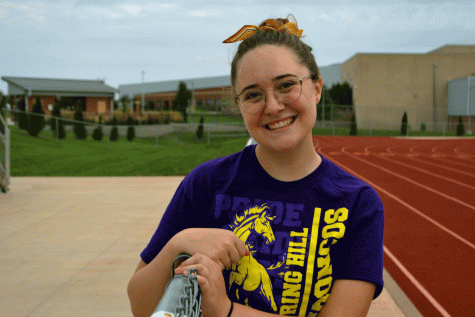
Hi, I’m Lily Kuhn and I’m the editor-in-chief of the yearbook. I’m a senior, and this is my fourth year in SPUB. I’m also involved in band, where...


